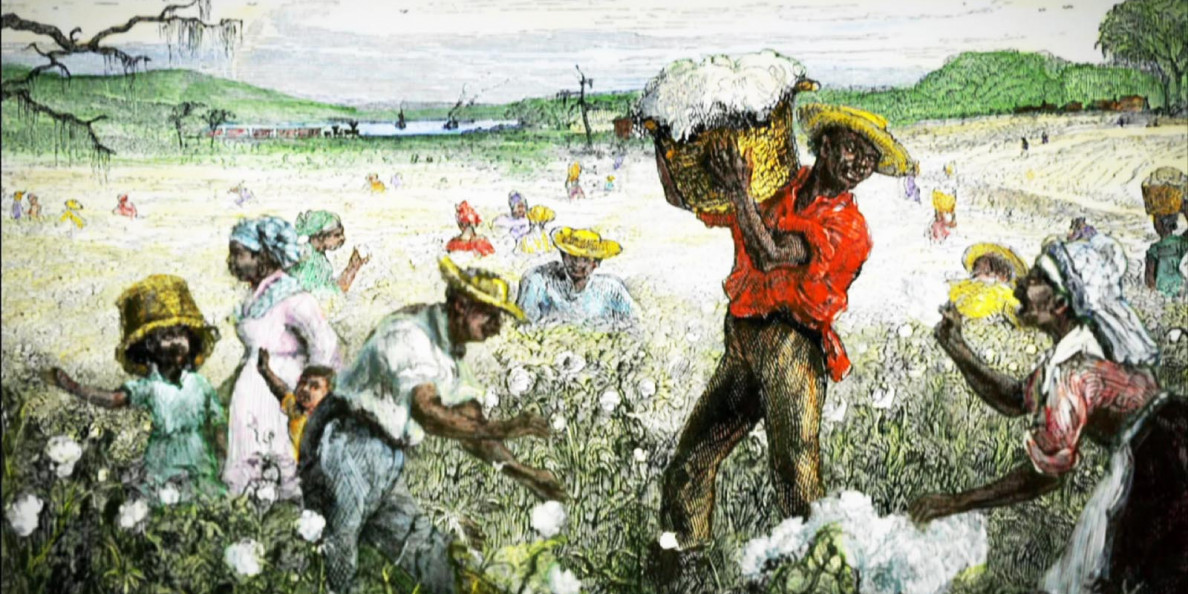As the calendar rolled to 2018, there was a lot to be optimistic about in the U.S. cotton industry. Prices started the year in the high-80/low-90 cent range. Demand and consumption numbers looked favorable. And the industry was coming off of an outstanding year in 2017, when U.S. production topped 20 million bales.
U.S. cotton acres climbed 7% in 2018 – up to 13.5 million acres – according to the USDA Planted Acreage report issued in June. But perhaps the most positive impact on the industry came in February, when passage of the Bipartisan Budget Act of 2018 restored seed cotton as a covered commodity under the ARC/PLC provisions of the 2014 Farm Bill, effective with the 2018 crop year.
With an improved safety net in place, growers headed to the field, hopeful for another good year.
Granted, there were concerns about drought conditions in parts of the Cotton Belt. But few were prepared for the intensity of the heat and dryness, especially through most of west Texas. Prices were still holding, but dreams of another 20+ million bale production year quickly faded.
During his annual market outlook presentation during the Mid-South Farm and Gin Show in early March, Joe Nicosia, senior head of Cotton and Merchandising Platforms for Louis Dreyfus Commodities, commented, “The market place is pretty smart. It knows China is coming. Export demand is still taking off, and it’s going to reach even greater heights.”
Optimistic and exciting words. And then came the Trump Administration’s tariffs on steel and aluminum, which set off a series of Chinese retaliatory efforts that put U.S. cotton and soybeans, among other goods, squarely in the crosshairs.
To their credit, the Administration, through USDA, announced a mitigation plan to help farmers and ranchers offset losses resulting from U.S. and Chinese tariffs. For cotton, the program provided $0.06/lb on at least half of a producer’s 2018 cotton production, and payment rates for the second half of 2018 production – also at $0.06/lb for cotton – are expected to be announced soon.
But the big story for year was weather. Many parts of the Cotton Belt – especially the Southeast, Mid-South and parts of eastern Texas – enjoyed favorable growing conditions for most of the season. West Texas was not so fortunate, with growers struggling to do what they could with dryland acres.
Then came the storms. Hurricane Florence came ashore on the East Coast in September, causing estimated ag damages of more than $1 billion in North Carolina and $125 million in South Carolina. A month later, Hurricane Michael rushed from the Gulf of Mexico into the farmlands of southeast Alabama, south Georgia and northern Florida, hitting the states’ defoliated cotton crops just prior to picking. It was devastating, not only for cotton but also for peanuts, pecans and vegetable production – some of which will likely take years to recover.
And the rains finally came to Texas, as well as most of the Mid-South, delaying harvest and impacting the overall quality of the crop.
In all, it’s been a year that no one saw coming. As difficult as 2018 has been, there are still bright spots for cotton. Here’s hoping those bright spots serve as spotlights for the 2019 season.
Source: Cotton Grower

